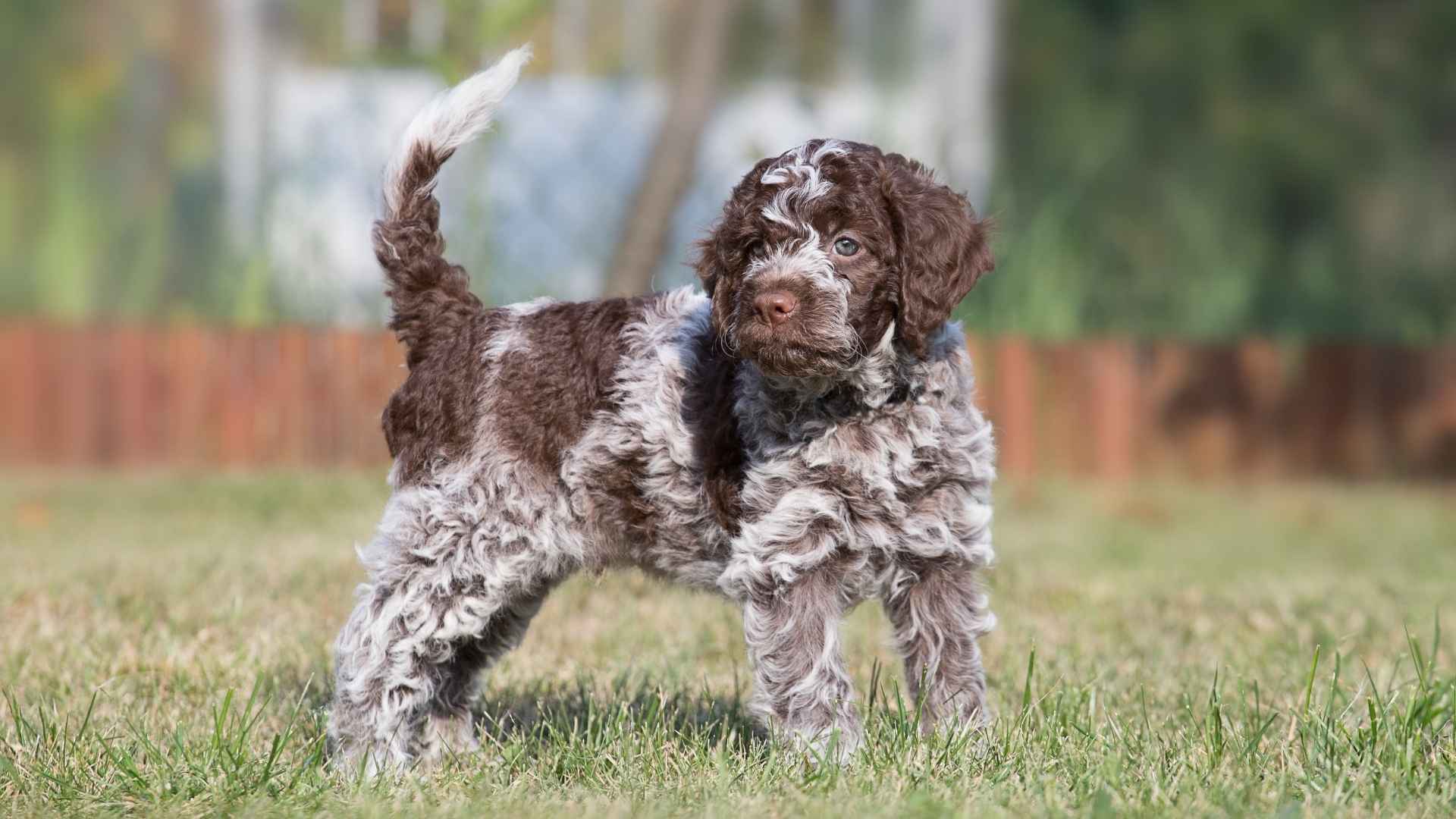There is no doubt that all animals can bring a lot of love and fun to our lives. But there is no denying the extremely strong link we form with dogs. While almost dog breeds can be trained from an early age to perform multiple tasks, some breeds show a special aptitude for working as emotional support dogs.
These service dogs are from breeds that have a naturally friendly disposition towards strangers and have a gentle nature that can help reduce stress when we spend time with them. Some common characteristics of good therapy dogs are that they are highly trainable, have a calm yet friendly energy around them, and can adjust to different social settings without acting up.
These affectionate dogs can give comfort and companionship to their humans on a daily basis. But the dogs on our list today are offbeat, and are not the common emotional support dogs breeds like a labrador retriever or a bichon frises. These are unique breeds that are just a good for therapy work.
Exotic therapy dog breeds
1. Swedish Vallhund
These are ancient dogs that have been around since the Vikings. When trained well, the Swedish Vallhund makes for a friendly and sociable pet that is good around other pets as well as young children.
As adults, they are usually okay around strange dogs, kids, and humans. Early socialization as pups can improve their comfort level around strangers.
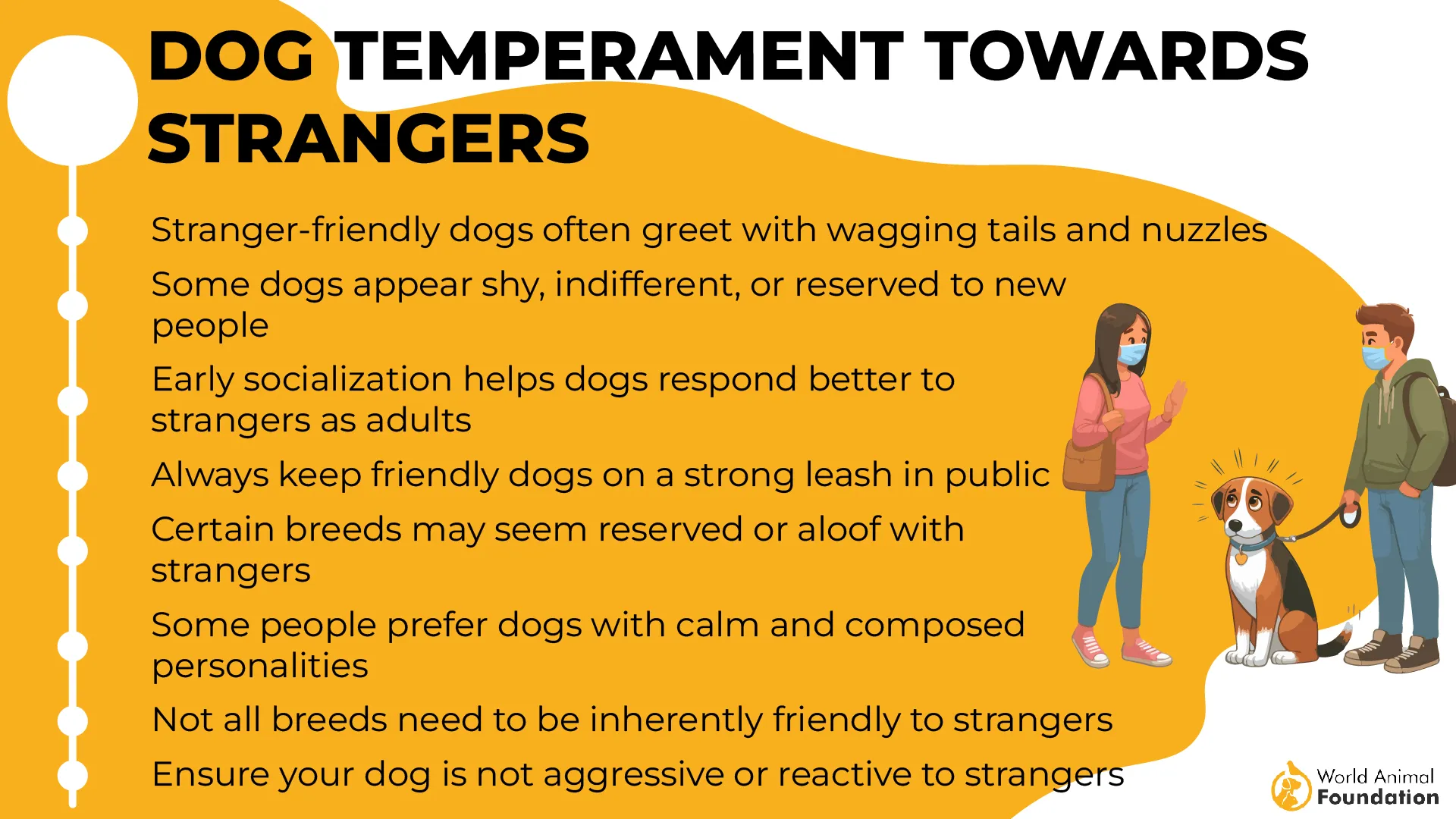
They are an affectionate breed, eager to please their family. Smart and eager to learn, they enjoy having tasks to fulfill and are very easy to train. With high energy, they require both physical and mental stimulation, which means that they will get their human out for exercise and be a good therapy dog.
2. Mudi
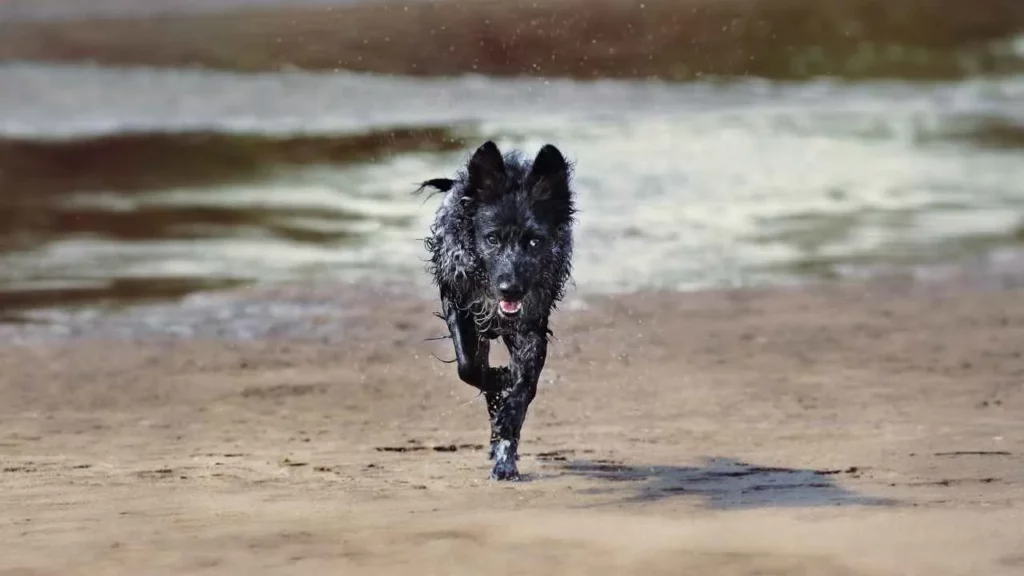
These dogs look like a cross between a border collie and a terrier. These medium-sized herding dogs make for efficient and loyal pets that will equally relish working as farm dogs or as your personal therapist.
They have a firm and steady temperament, bred over years of herding stubborn livestock, which helps them perform well as therapy dogs.
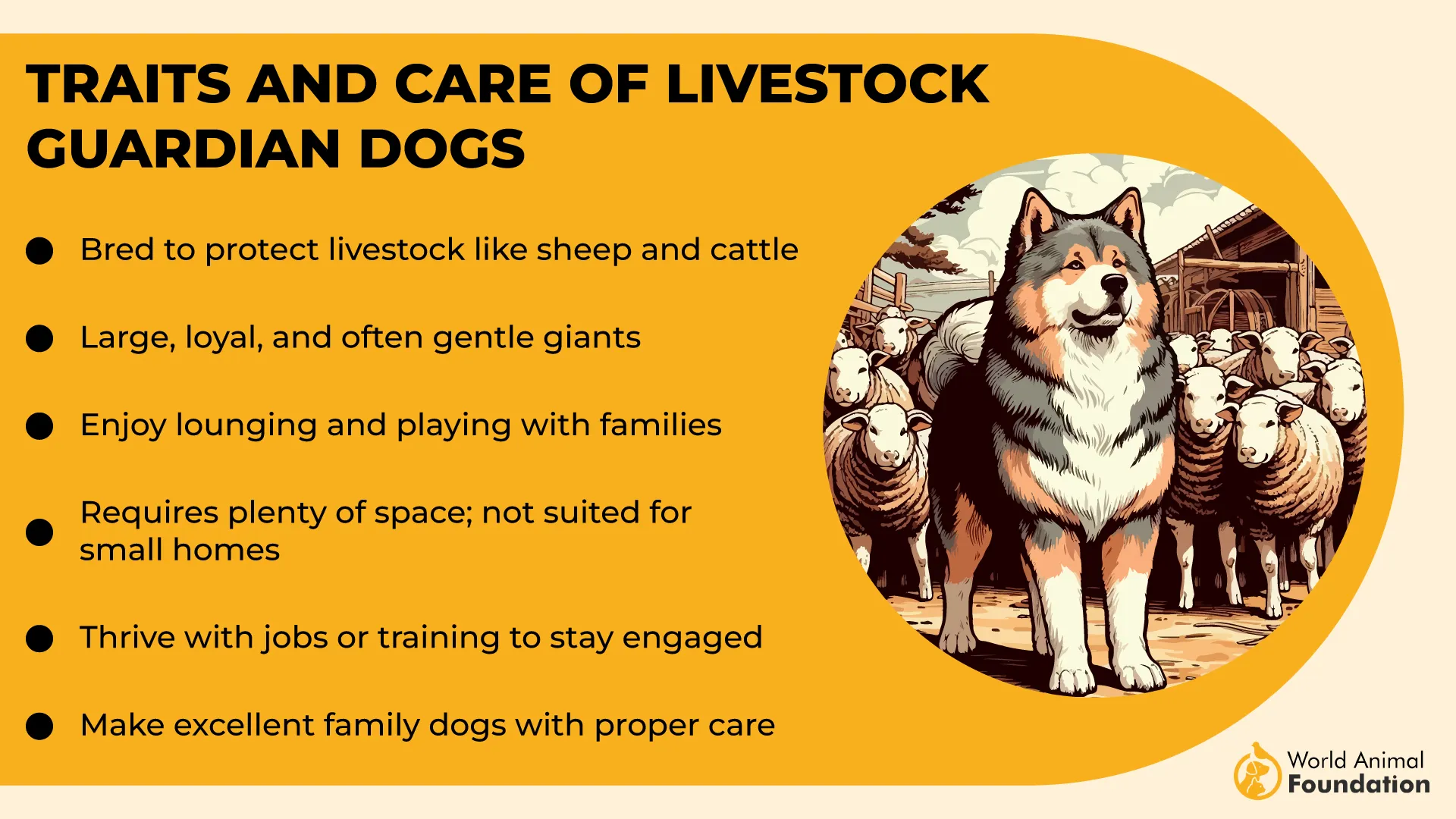
The breed is intelligent and easily trained. They will enjoy whatever therapy-based tasks they are assigned to do. They pick up new tasks from obedience training and can learn new things easily. They are one of the best search and rescue dogs in the US, adding to their worth as capable exotic dog breeds.
3. Beauceron
This exotic dog has been in service since World War 1, when they were used as military dogs. Part of the herding dog family, this large and energetic dog is a popular dog breed for performing multiple tasks. They prove to be intelligent therapy dogs.
With their large physique and high energy levels, the Beauceron thrives when it is given a task to do and performs it very well. They have a gentle and loving nature and are well suited to work in a family with young children and multiple pets. This temperament makes them suitable for working as a therapy dog in families as they can be trained to be fiercely loyal to their particular human.
The breed requires at least two hours of mental and physical exercise to expend its energy. They come in combinations of black and tan, black and rust, and tend to shed a lot, according to PetMD. Daily brushing is advisable to keep the fur from flying all over.
4. Belgian Laekenois
This is another herding dog, that is Belgian in origin. Strong and agile, the breed is keenly alert around their masters and their property. They were used as messenger dogs during both the World Wars, according to Purina. Thier alertness and strong herding instinct makes them good service dogs for people who need to be alerted for health scares.
With a wiry, medium-length double coat, these dogs need weekly grooming, mainly to remove debris from their tousled upper coat. As a hyper alert breed, they require early socialization as well as proper training to learn to handle new situations as well as to develop a calmer temperament.
They tend to provide comfort to their owners instinctively, which makes them good choice for being emotional support animals.
5. Pumi

This is a Hungarian herding dog that was bred to be quick and is an intelligent worker. These are one of the few small dogs on this list, but they are full of affection and energy. Their playful nature makes them a good choice for emotional support work. They handle being around young kids, strangers, and other dogs easily.

The Pumi is an easy-to-maintain breed and doesn’t need weekly grooming, as its signature curls will get loose. They need to be wetted down to let their fur curl up, and could require trimming to keep their coats neat according to the American Kennel Club (AKC).
They enjoy agility training and playing fetch, and will enjoy cuddles with their person once they are done with exercise. As highly intelligent, they have high energy levels, which makes them the best therapy dog breed for nursing homes.
6. Pyrenean Shepherd
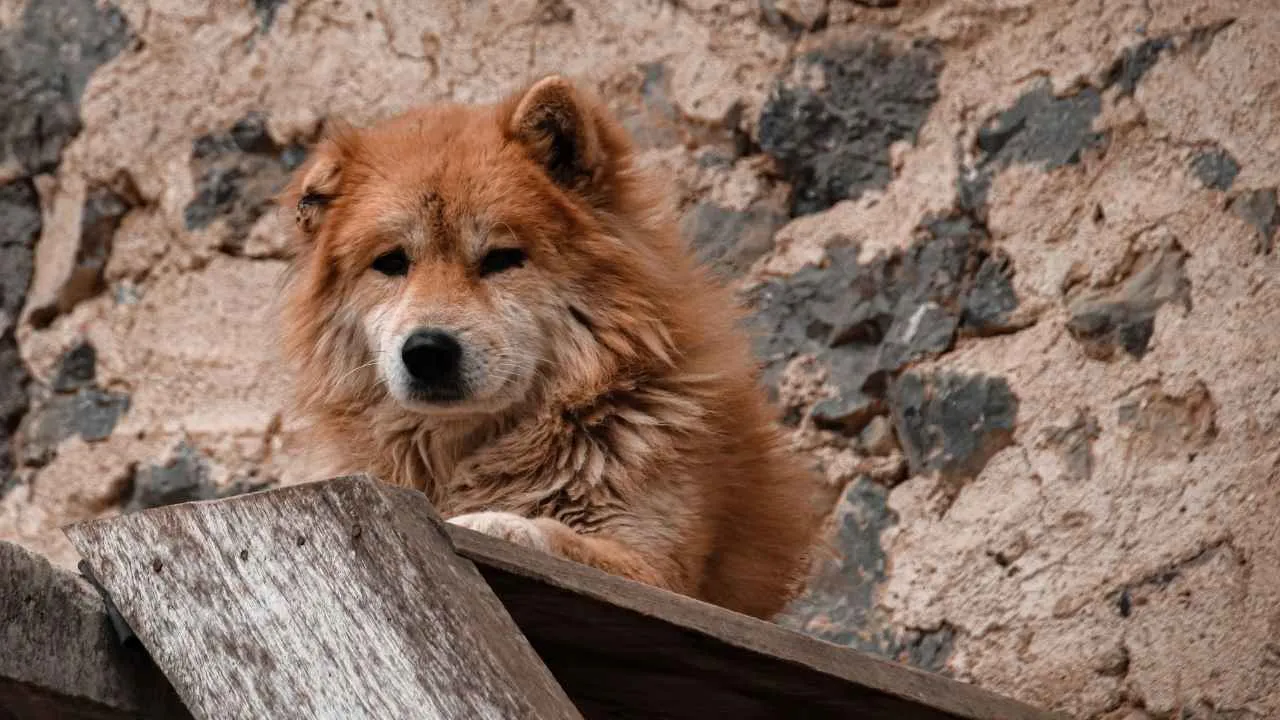
These dogs were bred for herding and guarding sheep in the Pyrenese mountains. These dogs are fast runners and have an intelligent and curious temperament. They perform well as working dogs as they tend to get bored without task to do.
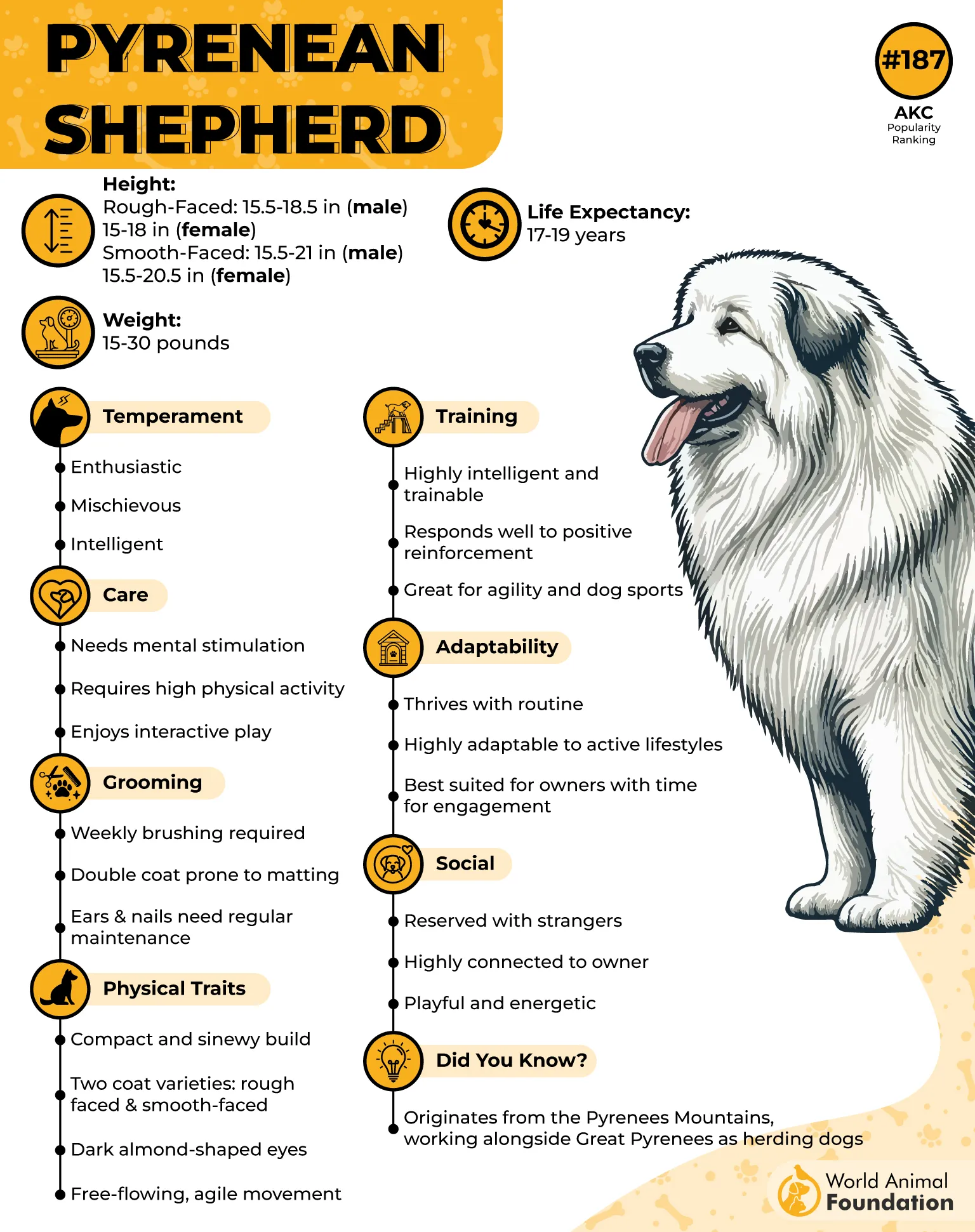
The Pyrenean Shepherd has a playful energy that makes it a good choice for therapy work. It is especially good to have around children as it loves cuddles and its protective instincts help it thrive around kids.
However, the breed does not do well around other pets, as it tends to herd them, despite training. Caring for the Pyrenean Shepherd means weekly grooming. As a high-energy breed, they need regular exercise as well as a routine job.
7. Lagotto Romagnolo
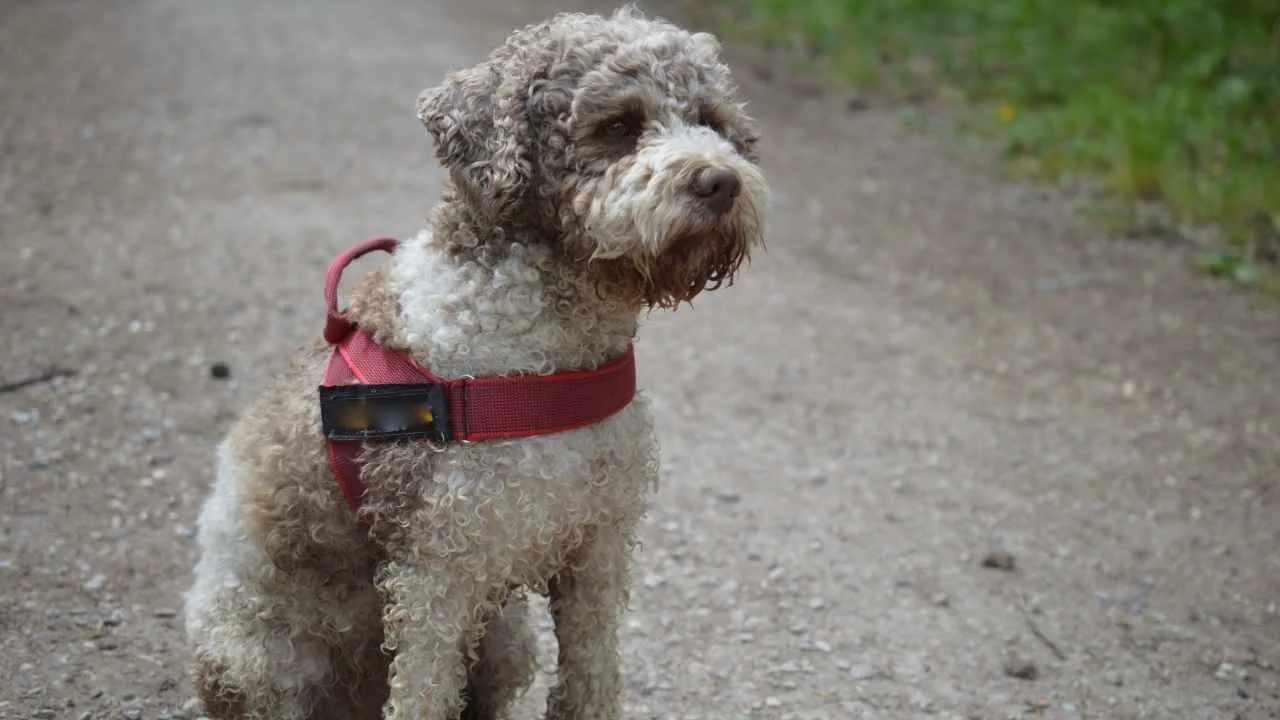
These Italian-origin dogs were initially bred to sniff out truffles, but are now widely loved for their affectionate nature as well as exotic looks. The breed makes for intelligent and highly affectionate pets and can be trained to perform jobs. Their highly trainable nature and love of routine tasks make them good picks for therapy work.
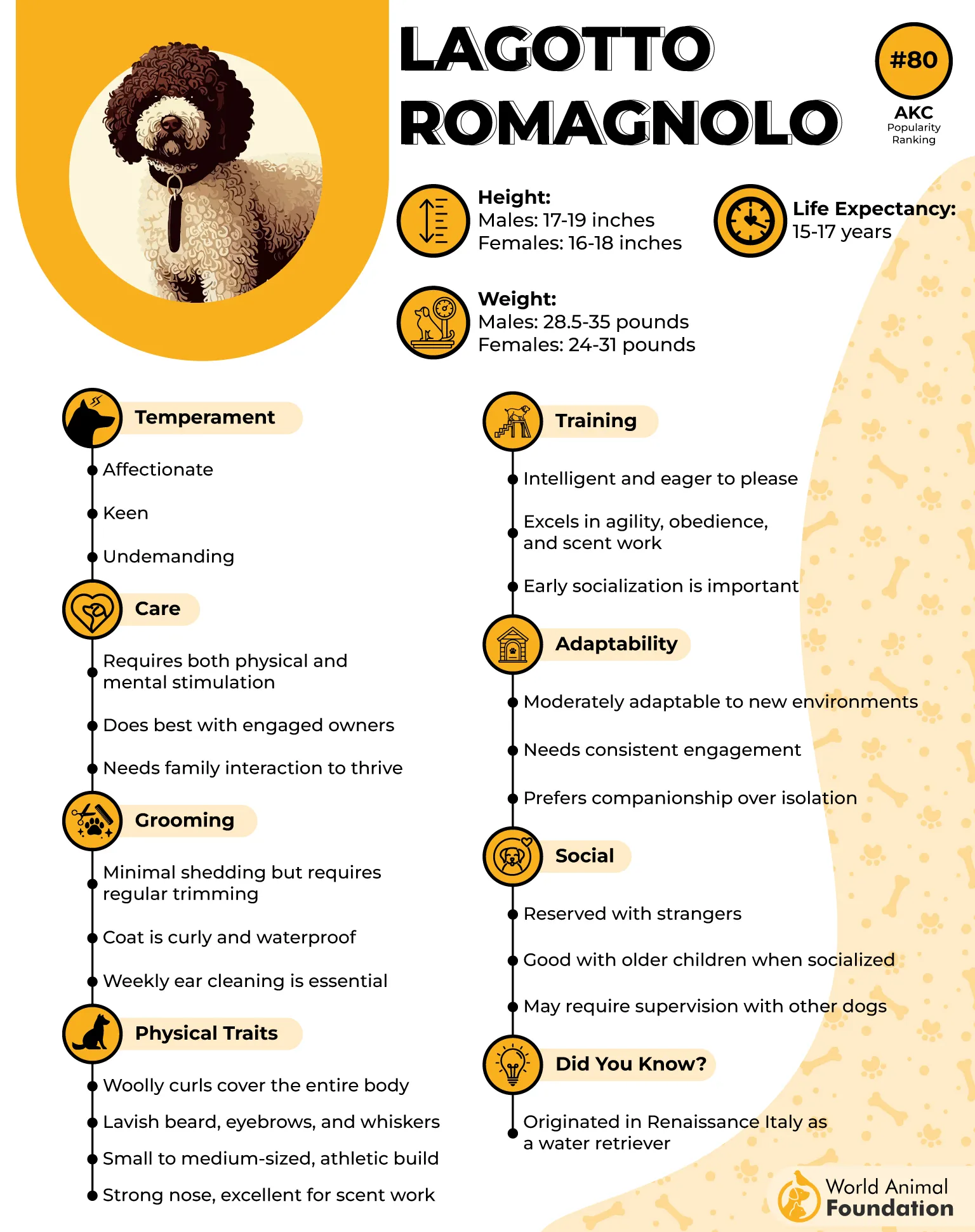
They are not very high energy, which, combined with their small size, makes them suited for small apartments. They need regular grooming, but are not known to shed, which is another point in their favor.
The breed thrives on attention, so it can be trained to work at the local shelter and other places where it can provide comfort and get affection. However, like all dogs, it needs early training and socialization to handle life as a therapy dog. They also tend to be barkers and need to be trained to control that instinct.
Conclusion
There seems to be a pattern here of herding dogs being used to work as service or therapy dogs. There’s no question that the most popular dog breeds in the herding group have an affectionate and patient temperament.
Combined with their energy levels, alertness, and loyalty to their owners, they become the right fit for work as therapy dogs. What is key is that these dogs can bond deeply with their owners and will respond to changes in their mental and physical state.


